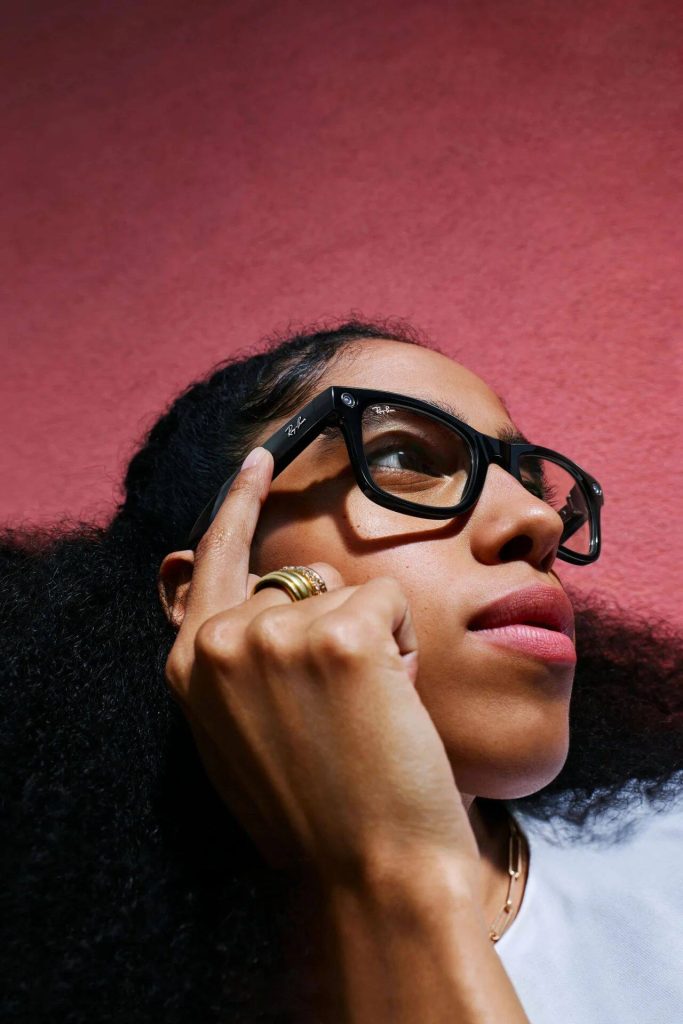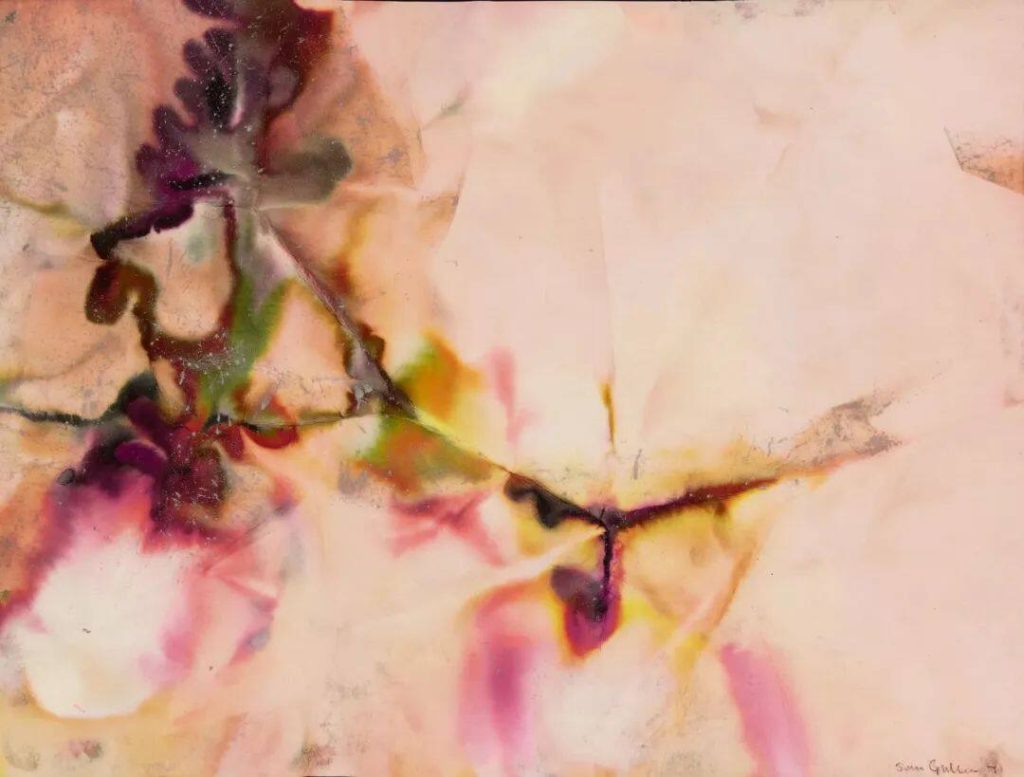At the Schiaparelli Haute Couture show that ended two weeks ago, the appearance of Chinese actress Fan Bingbing, who had been out of the spotlight for a long time, added a lot of heat to the brand, and the Weibo topic related to her surged to 1.7 million reads.

Schiaparelli is not a so-called “Generation Z” brand, on the contrary, it has a long history just like brands such as Chanel. Just as in the early 20th century, Schiaparelli gained popularity through its marriage to art, now it has found a new key to knock on the door – social media.
Two months ago, an ultra-realistic lion head evening dress and a red dress inlaid with 30,000 red Swarovski crystals made Schiaparelli the focus of Paris Haute Couture Week. According to data company Launchmetrics, during Paris Haute Couture Week, Schiaparelli's Media Impact Value (MIV) reached $44.5 million, quadrupling compared to the previous season, accounting for 78% of the MIV during the fashion week.
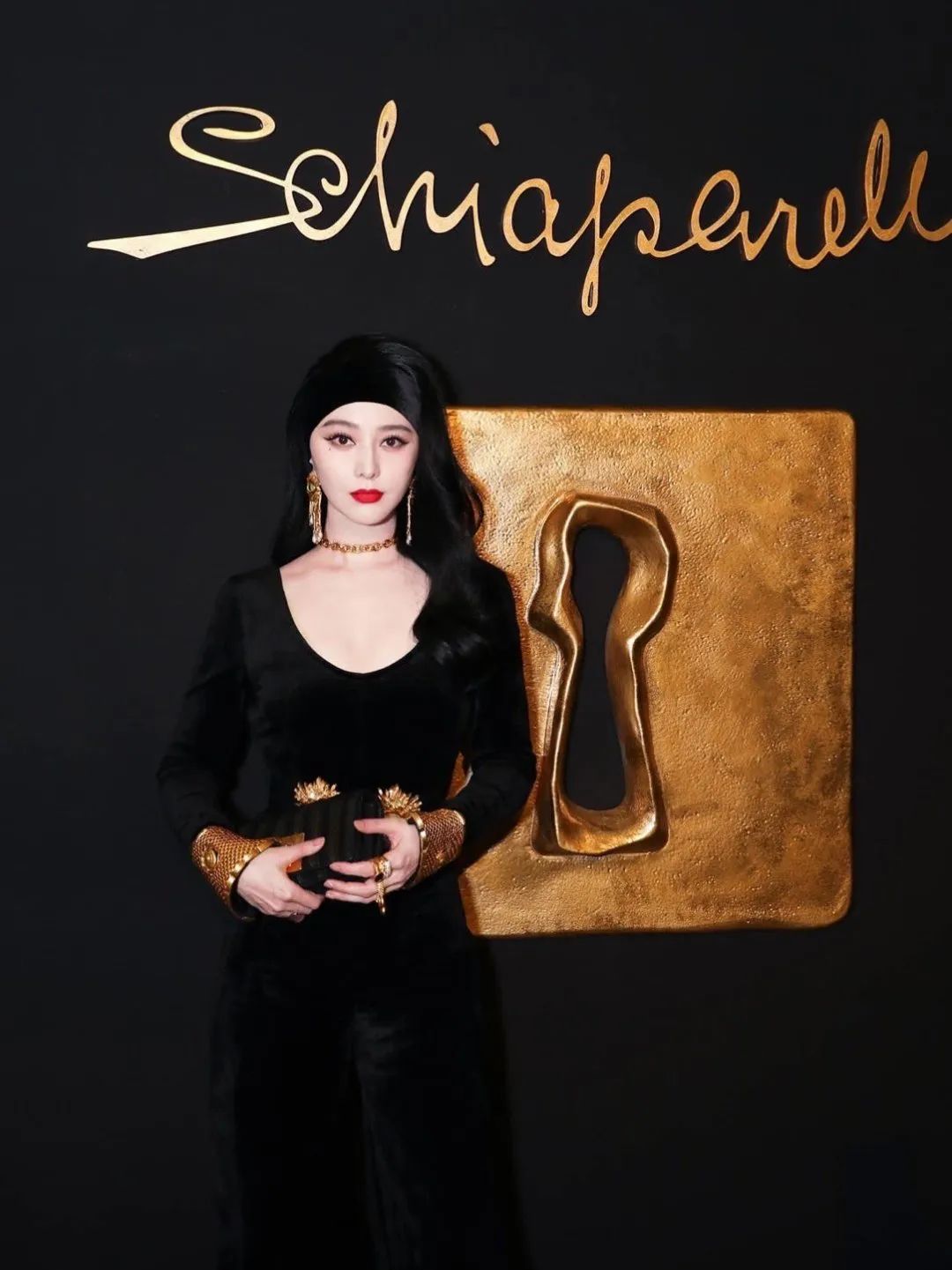
The classic fashion designer brand that is also widely circulated on social media is Mugler. After celebrities such as Kim Kardashian, Cardi B, Dua Lipa, and the entire Korean idol group Blackpink wore custom-made clothes by Mugler, the brand's exposure on social media has greatly increased. Among them, the likes of social media shares involving Blackpink and Mugler-related content exceeded 50 million. The online short film of Mugler, which was participated by a group of celebrities and supermodels, also received a positive response.
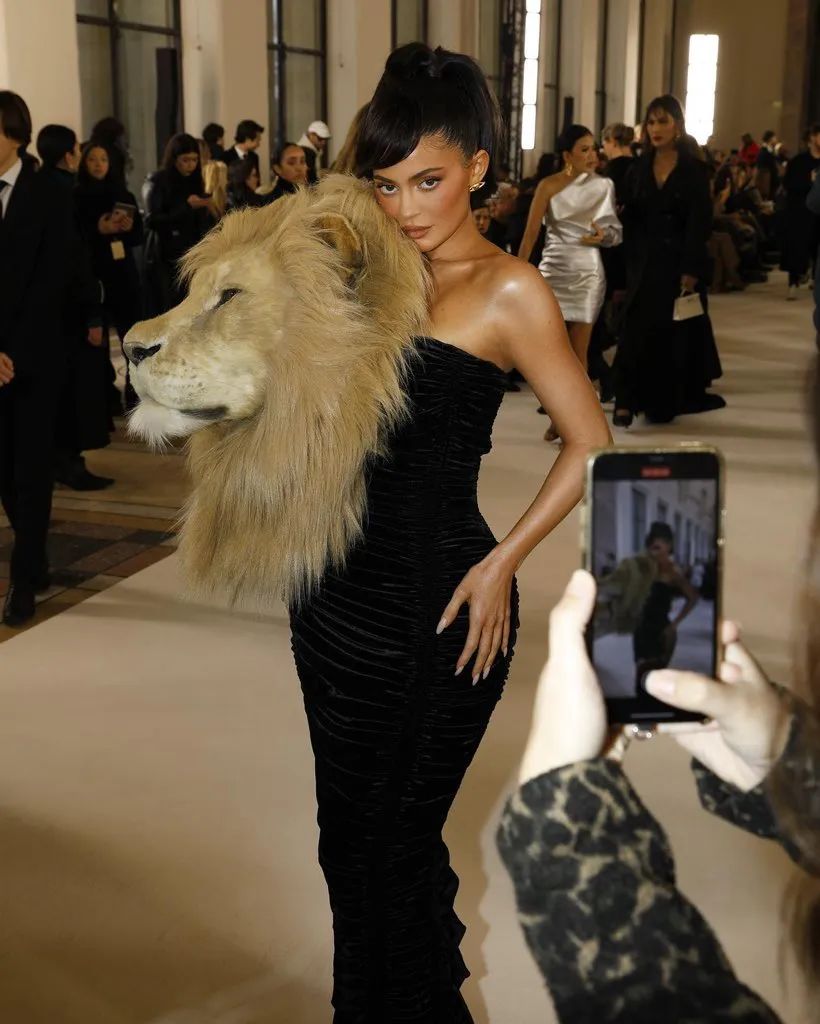
The revival of classic fashion designer brands continues to gain momentum. Since the death of its founder, Alaïa, which had been dormant for many years, has been reactivated under the leadership of new creative director Pieter Mulier. The French fashion house Paco Rabanne took a relatively aggressive step for an established fashion house that had not made significant moves for a long time. Last year, it participated in the Metaverse Fashion Week organized by Decentraland, in line with the public's heated discussion about the metaverse and NFTs. It also collaborated with the UK high-end department store Selfridges to open a virtual store and launched 12 NFT collections.
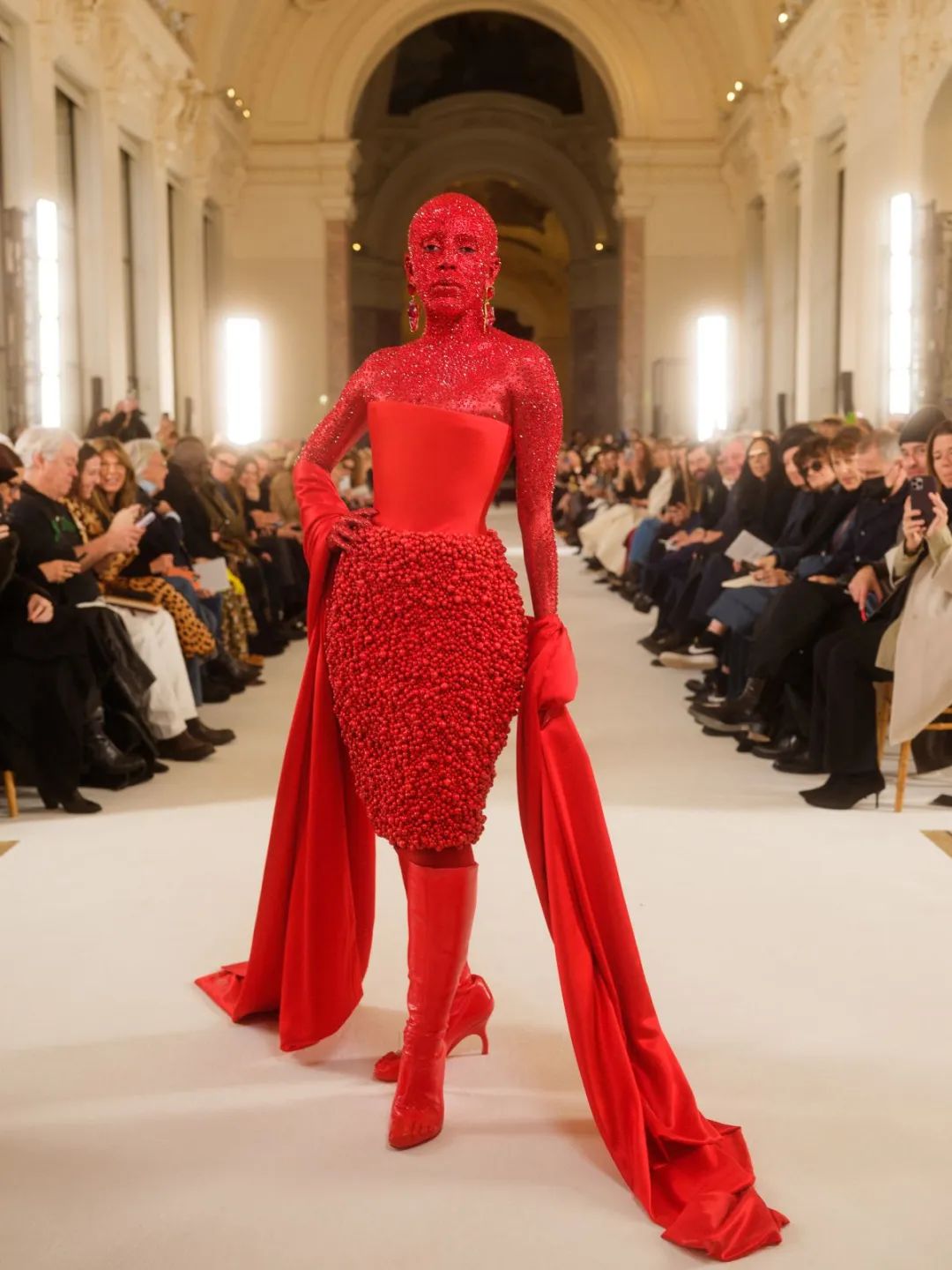
From Schiaparelli, Mugler to Paco Rabanne, Alaïa, Courreges… These niche classic fashion brands, once regarded as innovators in the fashion industry, were all established in the last century. They hold an important historical position in the entire fashion industry and all started with haute couture. However, they have all, without exception, been overshadowed by the progress of the times. Now, they have unexpectedly broken through the encirclement and joined the current fashion battle. Is this desperate revival really only due to social media marketing?

Established fashion houses have long faced the dilemma of survival and transformation. Mugler, which is now highly sought after, was once in a difficult situation of no profit. Founded in the 1970s, Mugler gained widespread attention for its avant-garde and bold tailoring, and launched a haute couture line in 1992. However, Mugler's clothing line subsequently suffered losses. After being acquired by the beauty group Clarins in 1997, the brand closed the collection in 2003, retaining only the profitable perfume line.

Schiaparelli, which has been gaining more and more attention from young people, has been producing only perfume products since its bankruptcy in 1954. After being acquired by Diego Della Valle, the chairman of Tod's Group, in 2007, the brand did not launch its first clothing collection until 2014. In addition, before Daniel Roseberry took office as the current creative director in 2019, the designers leading the design work of Schiaparelli also experienced frequent changes, which made the brand's journey of rebirth not smooth. It was not until the American designer Daniel Roseberry took over that young people started to pay attention to this fashion house, which is famous for its surreal avant-garde style and was once on par with Chanel.
The market dilemma faced by niche classic brands is a common phenomenon in the high-end industry?
The reasons for the predicament of established fashion houses are complex. On one hand, the designs of these houses no longer align with consumer preferences. Meryl Secrest, a journalist for the Financial Times, pointed out in her analysis of Schiaparelli's bankruptcy that after World War II, women's fashion shifted from confidence to styles with a stronger traditional feminine essence, such as corsets and petticoats. At that time, the popular trend was Dior's “New Look,” and Schiaparelli's designs were no longer in line with the fashion trends of the era.
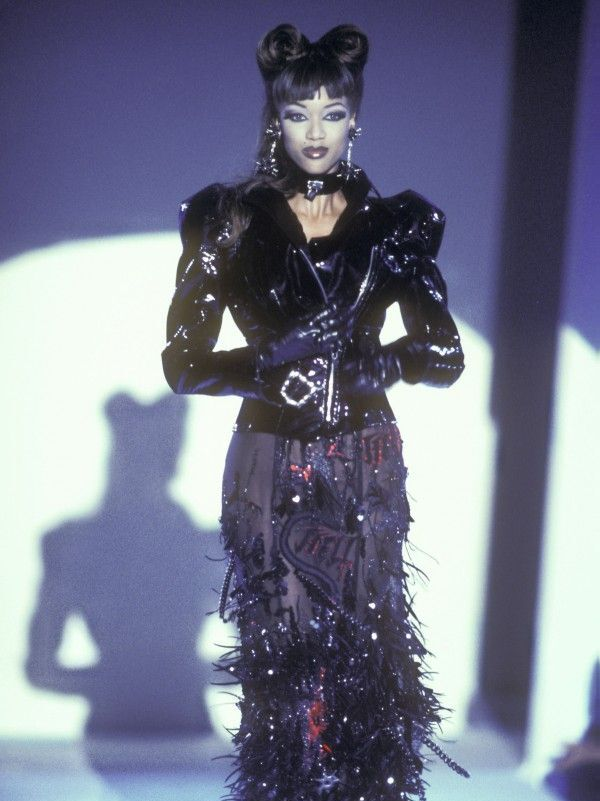
From an industry development perspective, the rapid development of social industrialization poses a significant challenge to designer fashion houses that are based on high-end custom tailoring. Many of these classic fashion brands heavily or purely rely on the profits from high-end custom business, such as the former Schiaparelli. However, the export of high-end fashion is hindered by high tariffs and other factors, and the booming ready-to-wear market has led to a loss of consumers, causing a significant blow to “small and beautiful” fashion houses.
In addition, haute couture is strictly controlled by the French Haute Couture and Fashion Federation (FHCM), and only those that meet the FHCM standards can be called haute couture fashion houses. Since 1945, the standards of the haute couture industry have hardly changed, but the fashion industry landscape has undergone multiple transformations. The acceleration of production and distribution cycles has made it difficult for small fashion houses, which spend hundreds or thousands of hours making a single piece of clothing, to survive. The number of traditional suppliers such as furriers, jewelers, and embroiderers is also declining.
As a business, the complexity of haute couture lies in the balance between the demanding requirements for craftsmanship and the ever-changing expectations of customers. In an era dominated by sneakers and jeans, the number of haute couture customers is only in the tens of thousands. According to a report by The Wall Street Journal, there are only a few thousand haute couture customers worldwide, and there are only a few hundred regular customers who place large orders. Designers lacking cash flow have no choice but to develop more profitable series such as perfumes and ready-to-wear.
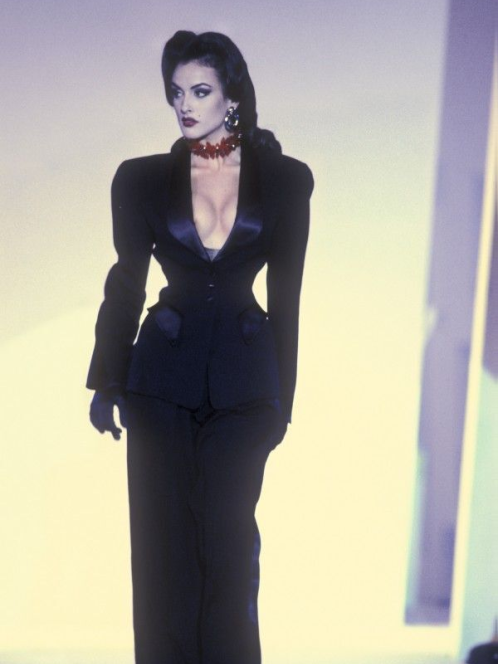
Clearly, for these brands, a long history and culture are important assets, but they cannot be confined to this. How to become more relevant to the present and have more contemporary attributes is the key for these brands to stand out. Whether it is Schiaparelli, Mugler, Alaïa, or Courreges, their sudden resurgence is inseparable from celebrities and social media.
Celebrities such as Lady Gaga, Cardi B, Beyoncé, Bella Hadid, and Julia Fox have made Schiaparelli the center of social media. The path for Mugler to return to the public eye is similar to that of Schiaparelli. In 2019, L'Oréal Group acquired Mugler from Clarins Group. Since then, Mugler has started to collaborate with celebrities who resonate more with young people. It has not only been favored by Blackpink but also invited supermodels such as Naomi Campbell, Irina Shayk, and Bella Hadid, as well as singer Megan Thee Stallion and Euphoria actor Hunter Schafer to film promotional short films for the new collection. The combination of sexy elements and sharp video editing has been very popular on social media.
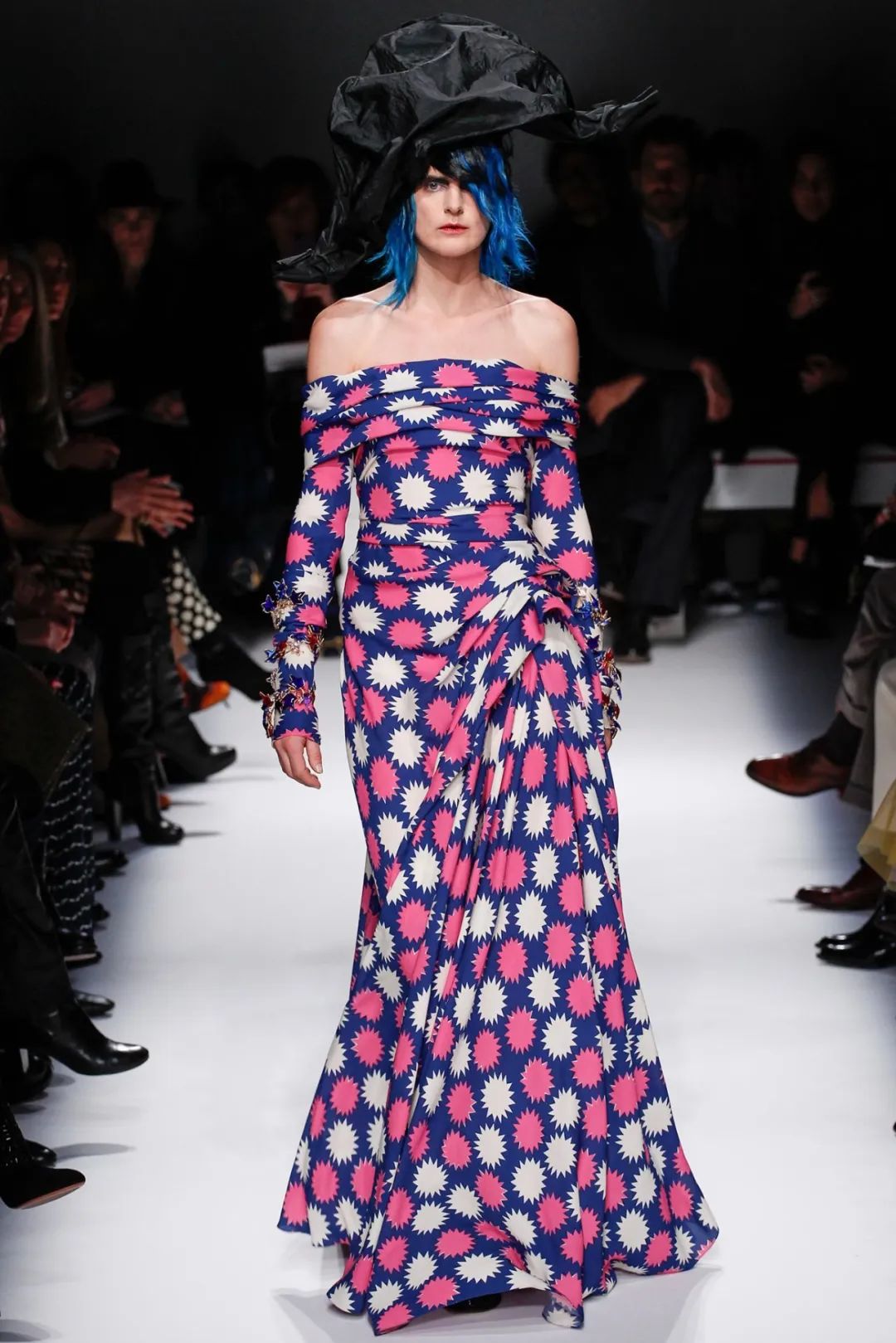
Casey Cadwallader, the creative director of Mugler, has marveled at the attention that celebrities bring to the brand. Speaking about the impact of Blackpink, Casey said, “They have a huge impact on us, and most of the things they wear sell out quickly.”
However, the celebrity factor is not the only reason. These brands still retain their haute couture business and, under the creative umbrella of haute couture, they boldly express their wild ideas, which not only attracts attention on social media but also retains the brand's characteristics.
As Julie Gilhart, Chief Development Officer and Executive Board Member of brand incubator Tomorrow London Ltd., said in an interview with VOGUE Business, “Haute couture is no longer an exclusive gathering for the world's wealthiest people. It is a platform for different expressions. It is another platform where people can create content.”
At the same time, the current trend of vintage fashion provides a unique historical context for established fashion houses with rich brand resources. As people begin to re-examine sexy, powerful dressing, the visually striking established fashion houses naturally attract attention again. Young people, in the current era of global fashion homogenization, are more inclined to seek out rare vintage products.
Sophie Quy, Vice President of Threads Styling, told Vogue that there has been a sharp increase in customers on personal shopping platforms demanding personalized clothing, including brands like Mugler that have unusual designs and have a fanatical following.

Coinciding with the recent rise of “provocative fashion” in the fashion industry, bizarre and extreme aesthetics have penetrated this industry. Schiaparelli's surrealist designs, Mugler's construction of a fetishistic utopia, Alaïa's tight-fitting dresses and exploration of the female body have all been repeatedly studied by people. They attract the attention of the audience, then provoke feelings of interest or disgust, and then spread virally through the rapidly changing internet, which is the best publicity for old fashion houses.
In addition to gaining popularity on social media, these brands' sales performance has also improved a lot. Daniel Roseberry of Schiaparelli stated that the business is experiencing explosive growth. Pascal Conte-Jodra, the general manager of Mugler, revealed that the brand has not only returned to the Paris Fashion Show but also achieved record sales, with triple-digit growth in both e-commerce channels and selected partner stores.
Their revival is also marked by being chosen as a partner by fast fashion. The Swedish fast fashion brand H&M announced that it will release a joint collection with Mugler this spring. According to Women's Wear Daily citing sources, H&M's next partner brand will be Paco Rabanne.

For fashion houses that are now in urgent need of transformation and breakthrough, merely conforming to the original haute couture rules of Paris is no longer sufficient. Elements such as social media influence, “going viral,” visual appeal, and innovation, which hover outside the clothing itself, are equally important as high-end fabrics and top design teams.
Even classic fashion brands, which usually aim to create dreams for consumers, face the challenge of how to create dreams for young people. As American writer Fran Lebowitz has pointed out, when people discuss why there are fewer great artists and works of art, they actually overlook the important factor of the audience. In a cultural system, the status of the audience is the same as that of the artist. Therefore, although Daniel Roseberry has expressed his concerns about traffic: “To some extent, the celebrity halo may overshadow the clothes themselves.” However, this is exactly what more fashion houses in the silent period need.

The true recovery of established fashion houses is often a long and expensive process due to excessive initial investment. Despite the rapid growth of Schiaparelli's business, according to the recent public documents of the French company Elsa Schiaparelli SAS, the brand is still in the red, with a 20% drop in sales in 2020 to 6.04 million euros.
Unlike brands such as Dior and Balenciaga, these classic fashion brands are not backed by luxury and fashion resource-rich groups like LVMH and Kering, but are usually beauty groups focused on skincare and makeup. For the latter, fashion is not the focus of the group's development, and its profitability is not superior to beauty products. The question that the rejuvenated old fashion houses will face next is whether their development is sustainable.
When talking about the next step for Mugler, Pascal Conte-Jodra revealed that the brand is gradually shifting to a “see now, buy now” model and reducing the brand's new products to two collections a year, investing the most resources in these two collections. He said: Mugler cannot remain silent and needs to do bolder and more dramatic things.
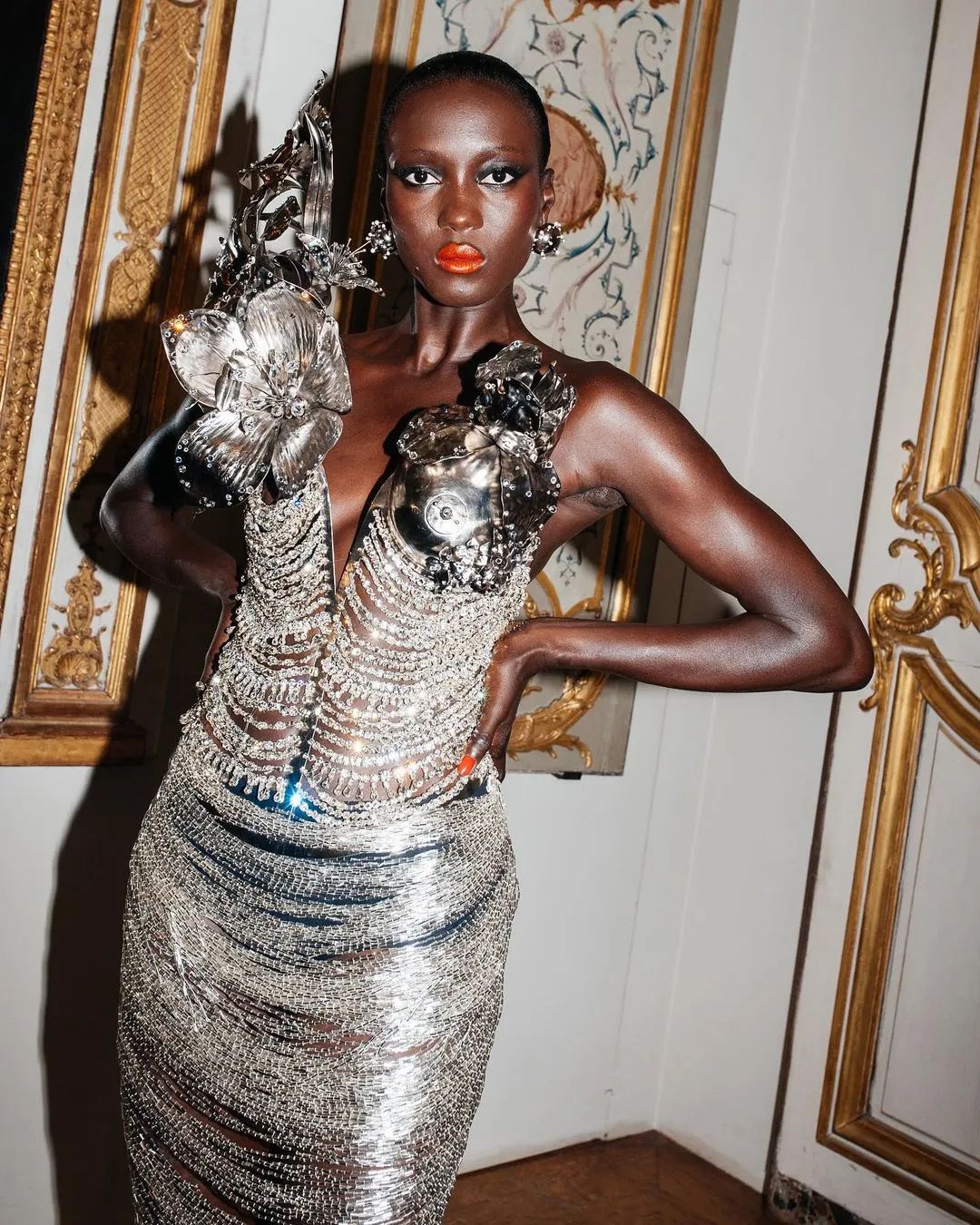
However, Jordan Roth, a theatrical producer, also pointed out that it is natural for the Paris Haute Couture Fashion Week, which is currently dominated by these brands, to receive more attention. “Haute Couture is the ultimate extreme: the extreme that each artist can create,” he said, “It has nothing to do with trends or what can be sold in stores. People are starting to value this work more and more because they value art and seek to understand it. If you stand in front of a painting, you would say I want to understand. Usually, we don't stand in front of clothes and say I want to understand this. That's what Haute Couture invites us to do, to explore more deeply.”
 New Aura Ring Luxury Fitnesss Tracker
New Aura Ring Luxury Fitnesss Tracker  Lastest Model Quantum Flip
Lastest Model Quantum Flip  Free Shipping Worldwide
Free Shipping Worldwide 24/7 Customer Support
24/7 Customer Support Pay Over Time with PayPal & Klarna
Pay Over Time with PayPal & Klarna


